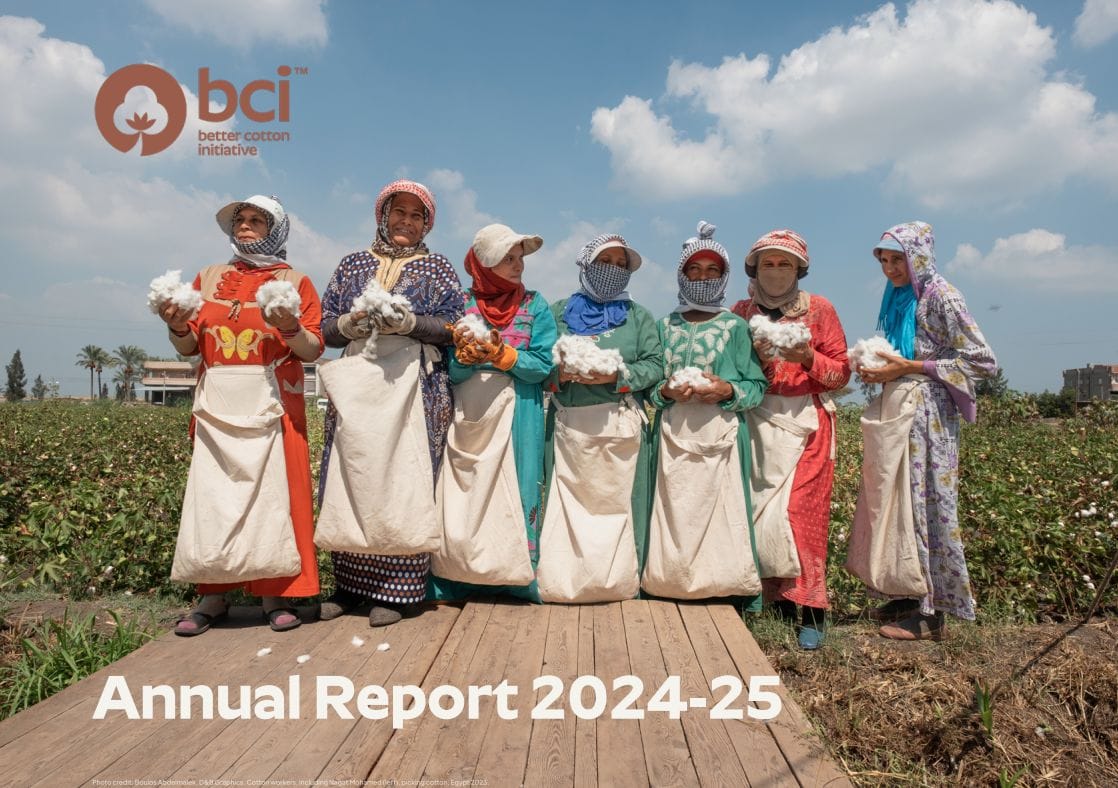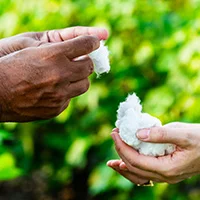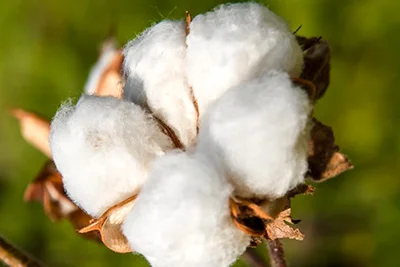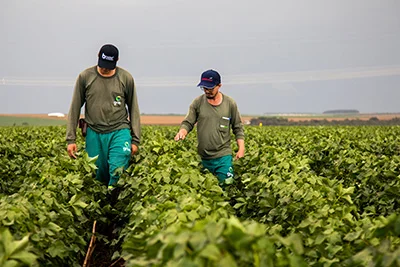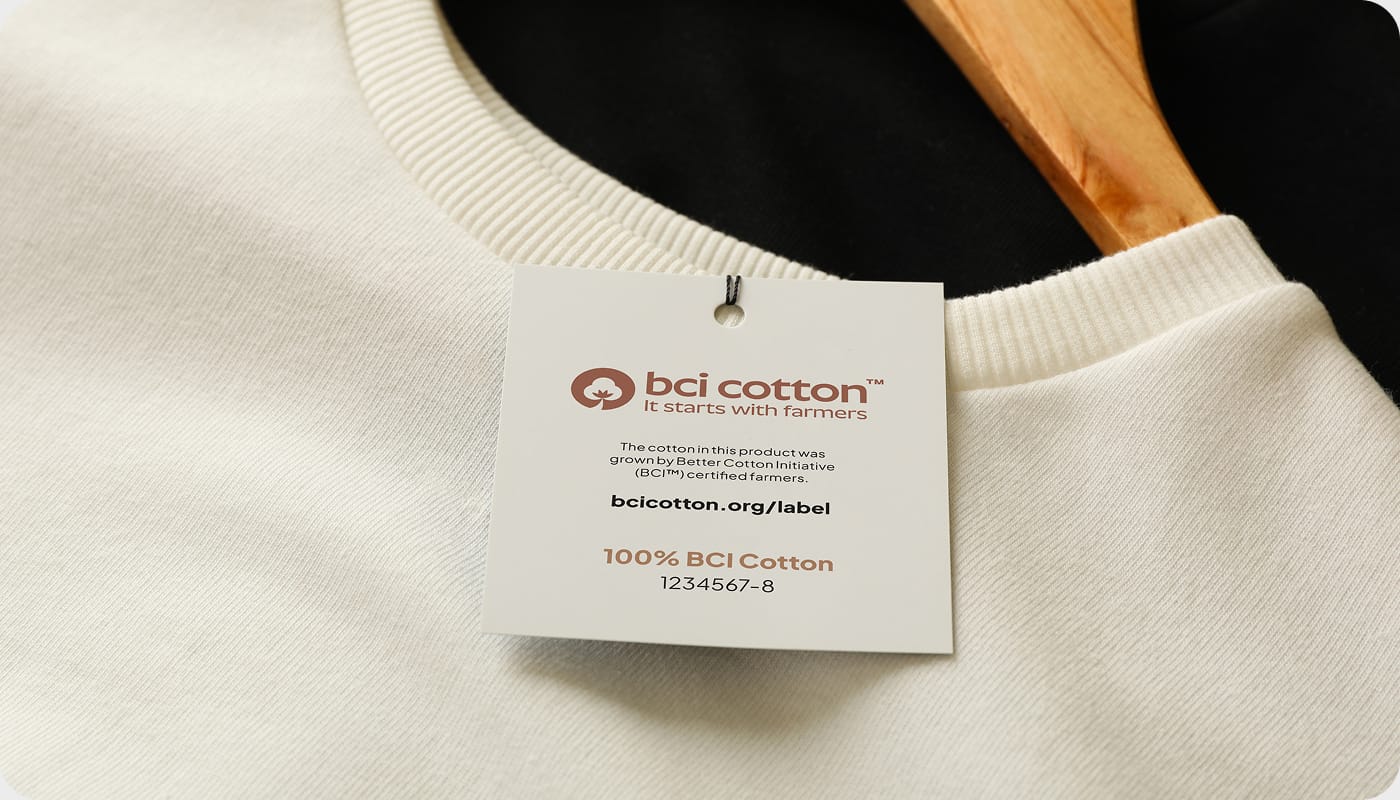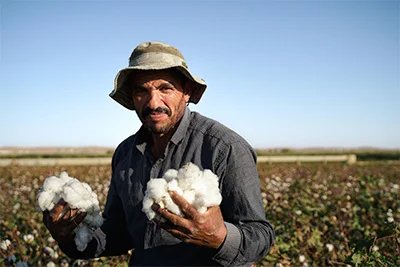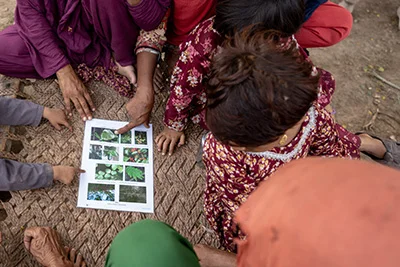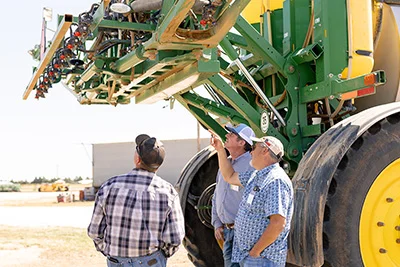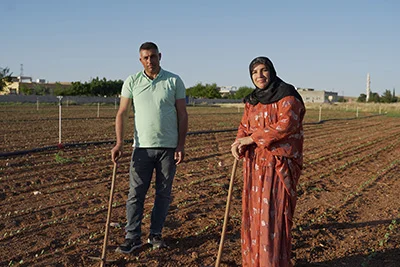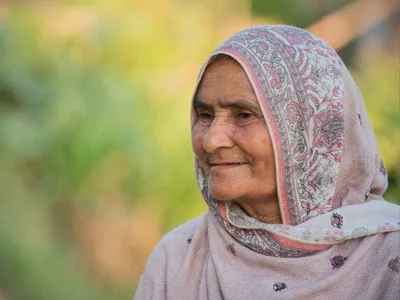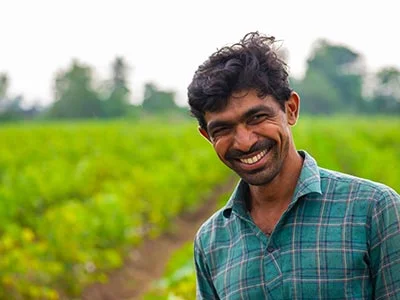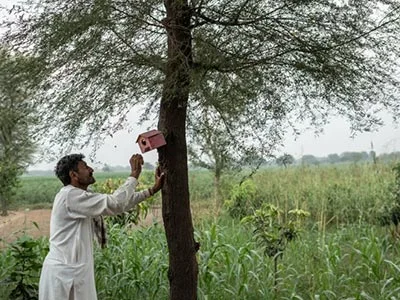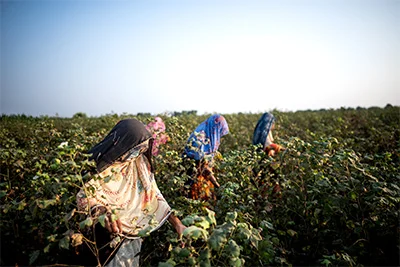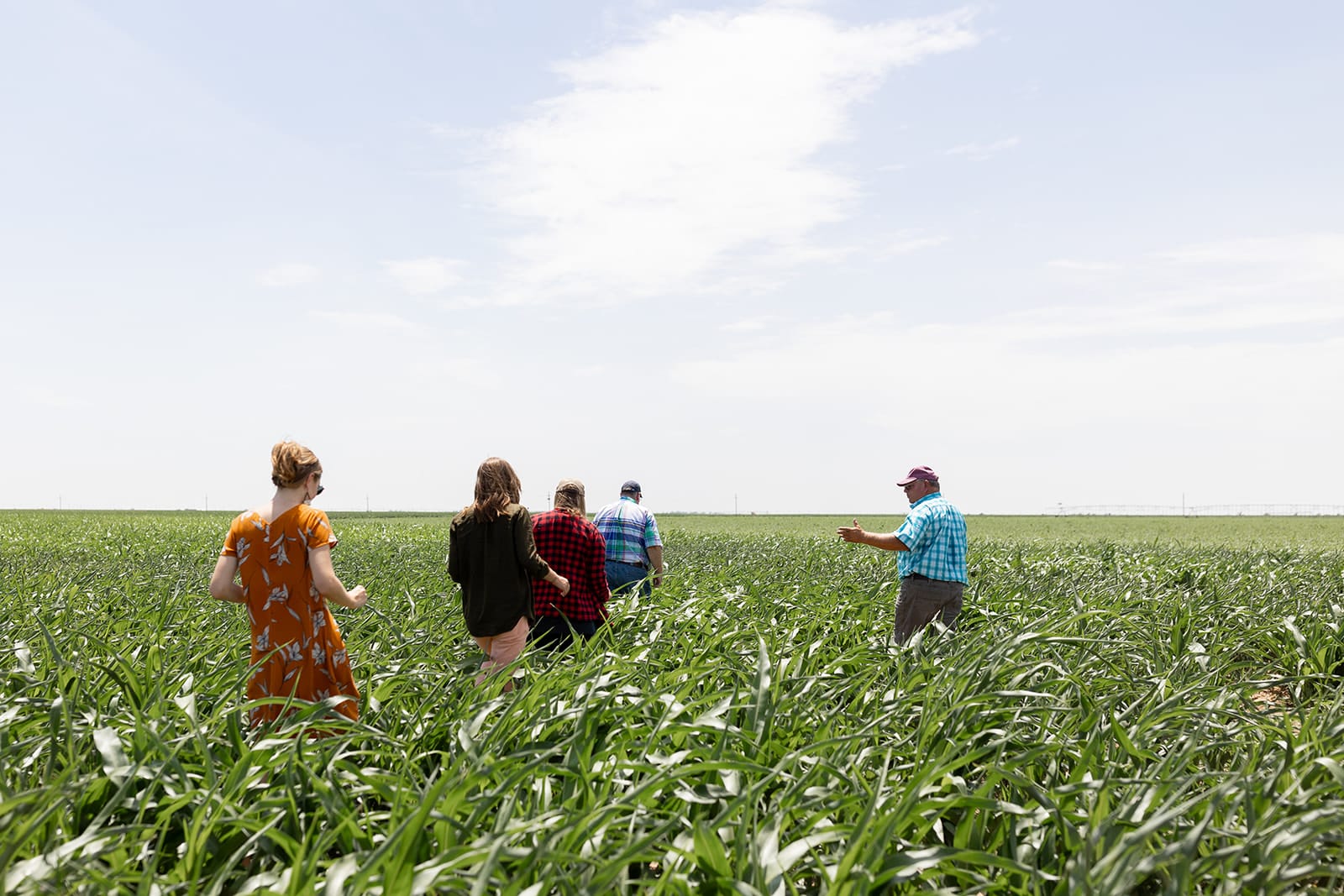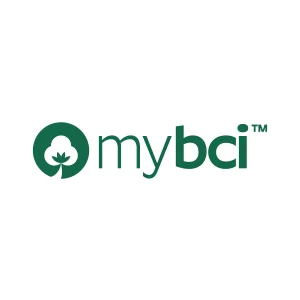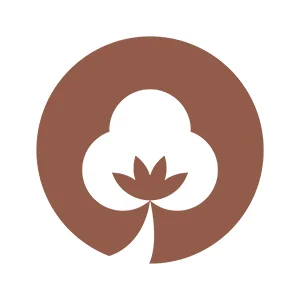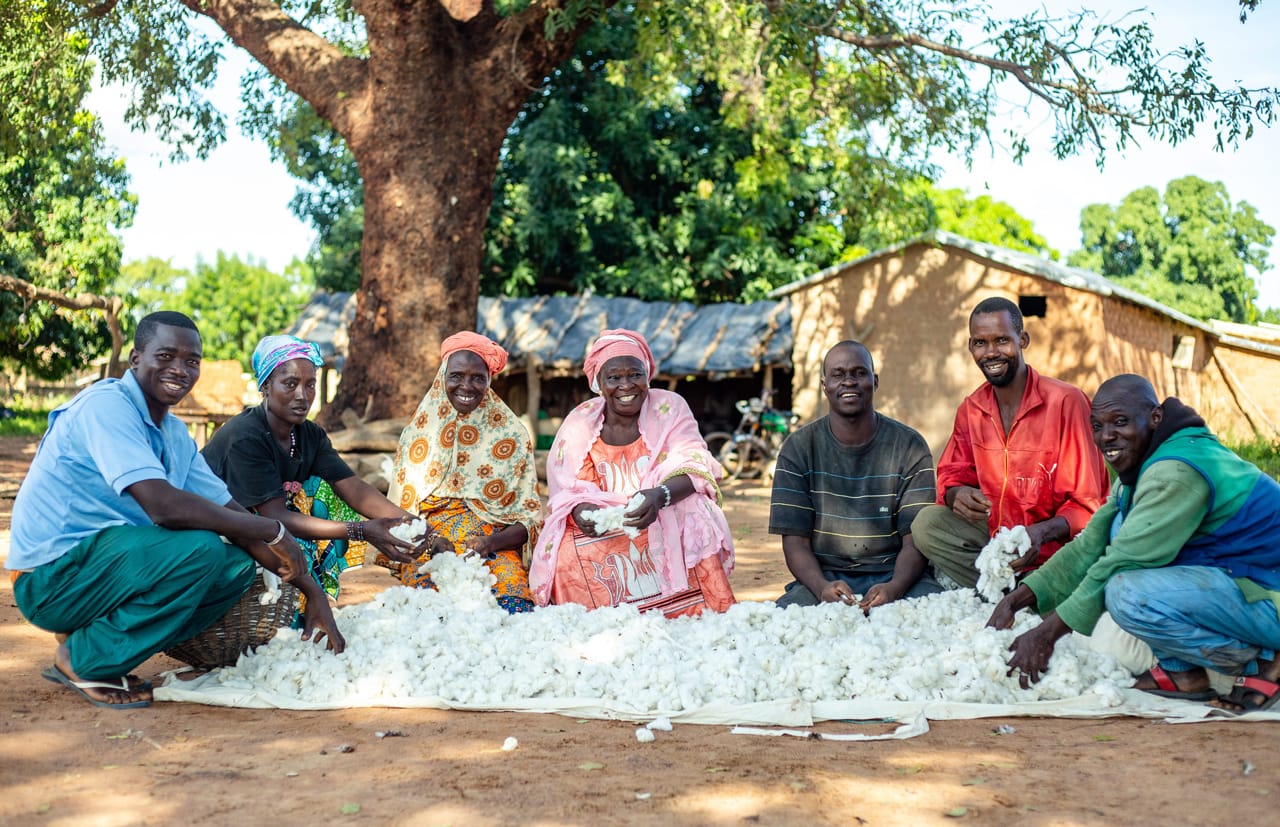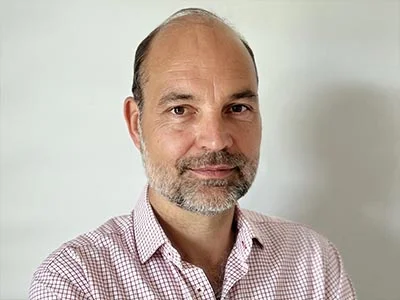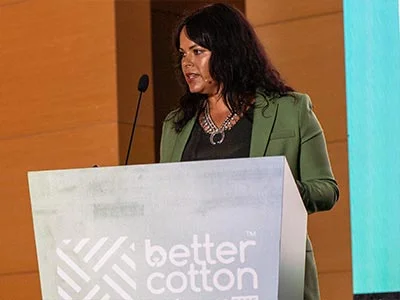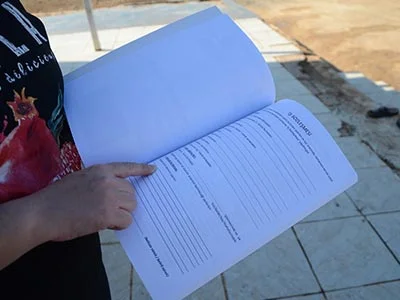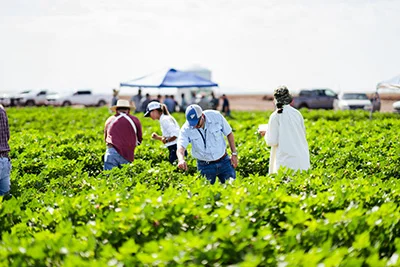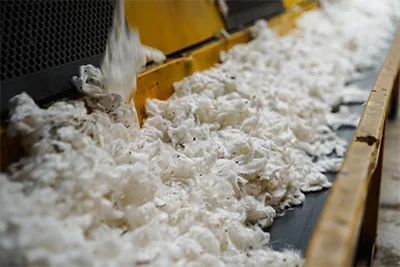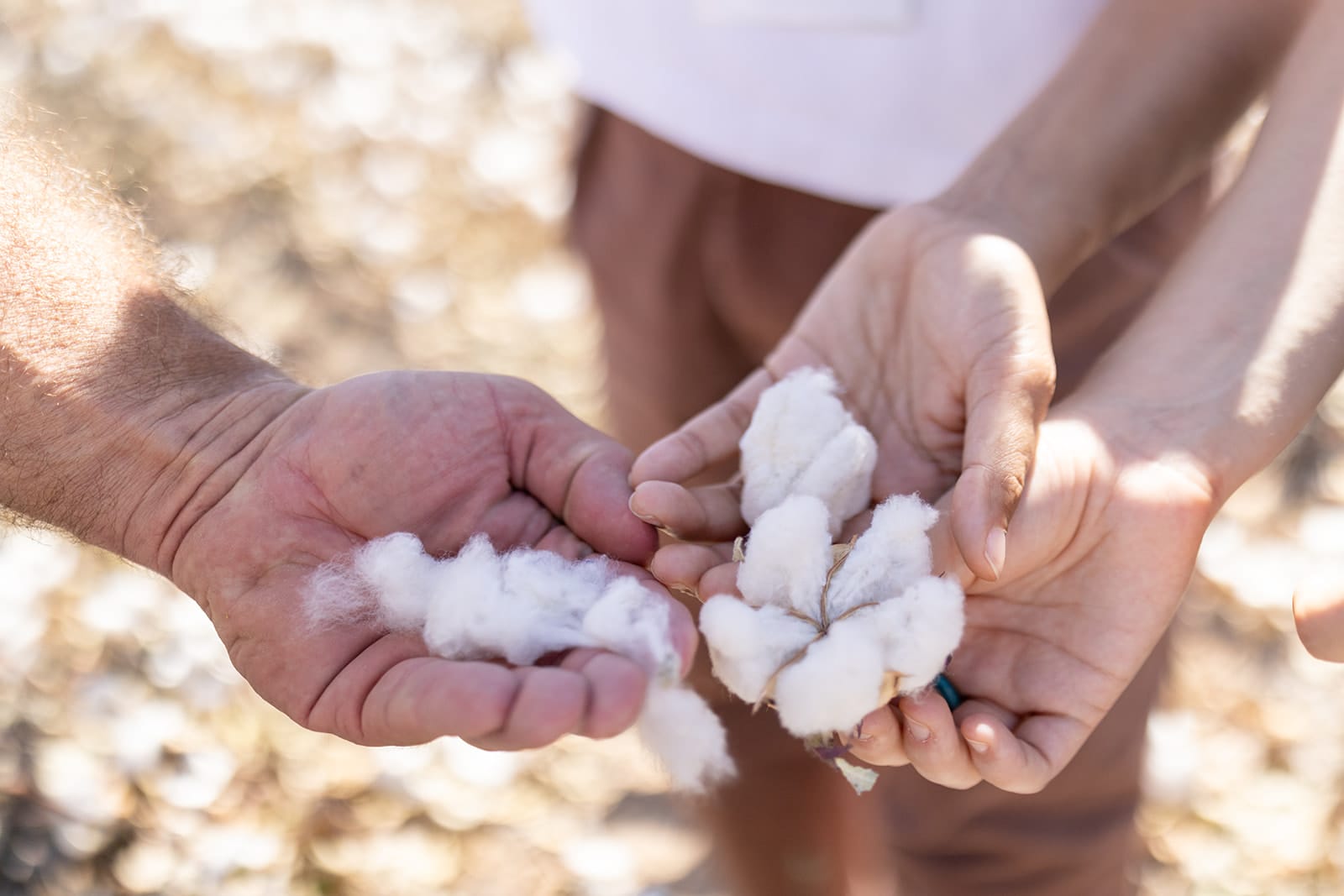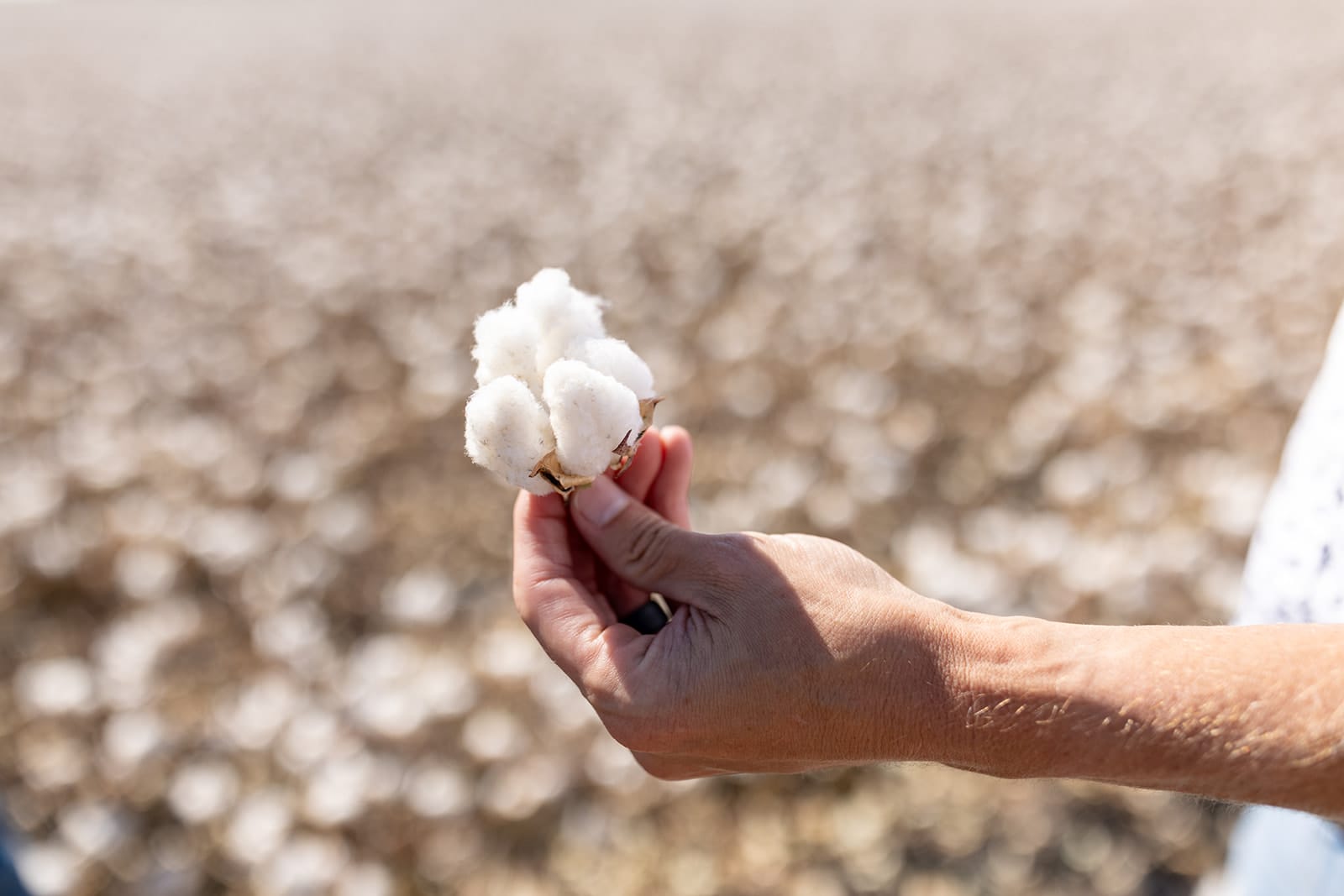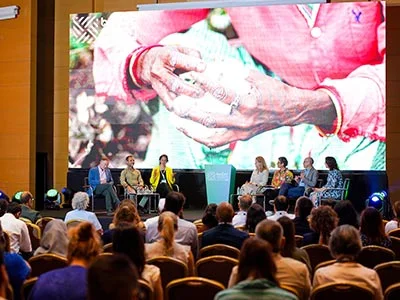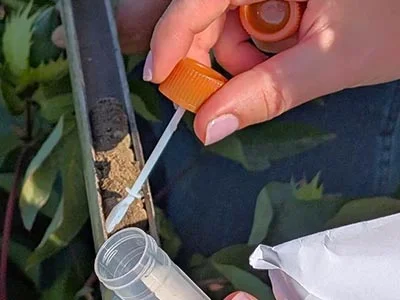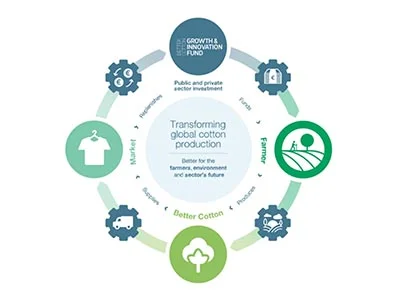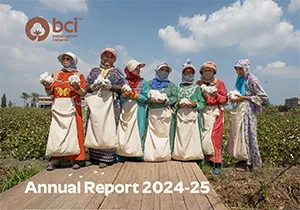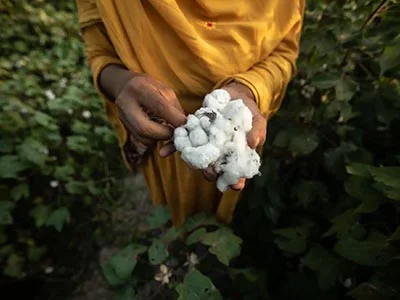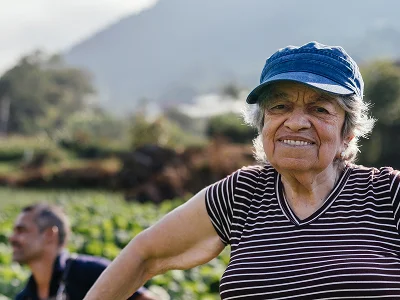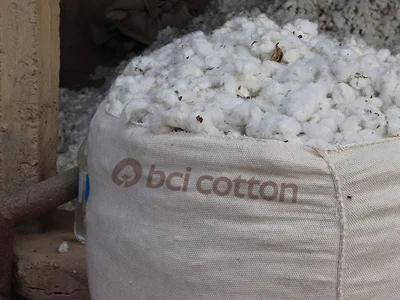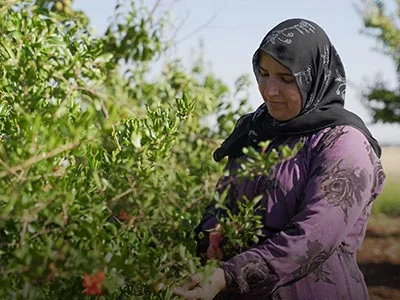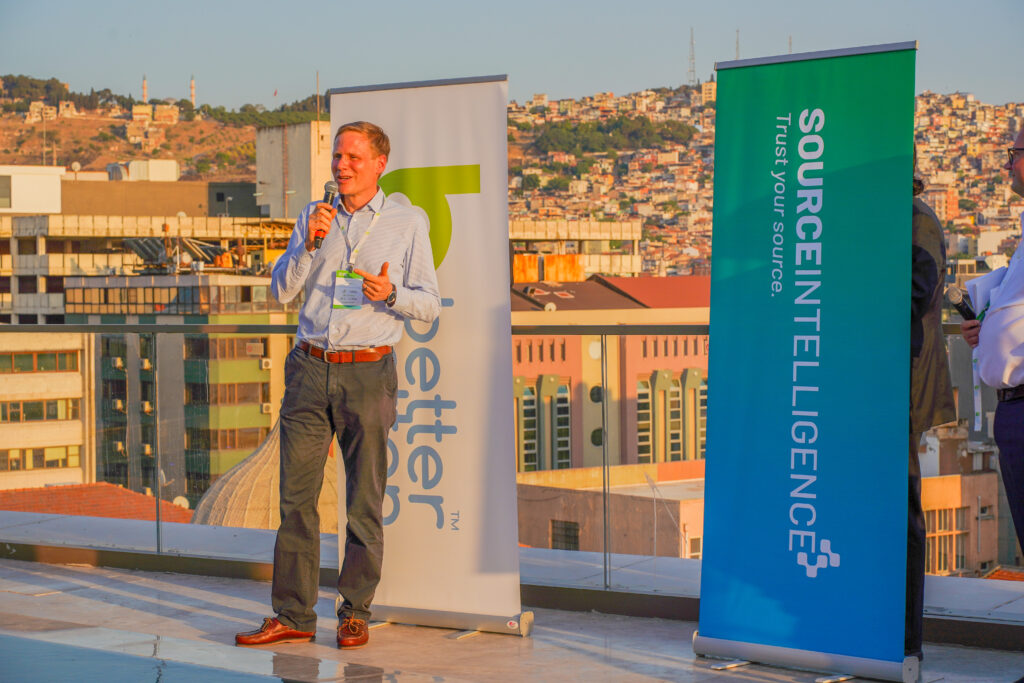

By Alexander Ellebrecht, Account Executive at Source Intelligence
Source Intelligence was Sponsor at the Better Cotton Conference 2025 in İzmir, Türkiye
At Source Intelligence, we help companies strengthen supply chain visibility and compliance through two complementary platforms. C Map enables organizations to meet complex regulatory requirements by leveraging bill of materials (BOM) data across multiple tiers of their supply chain. ChainPoint serves standards and scheme holders, supporting first-mile traceability and capturing critical data that is often difficult to obtain. We are now integrating these platforms. This will deliver deeper transparency and greater value, not only for standards organizations, members, and stakeholders, but also for shareholders. Because today, transparency is not optional anymore.
Better Cotton’s Phased Approach
Better Cotton has taken a thoughtful, step-by-step approach to building traceability using ChainPoint. They started with ginner-to-spinner traceability, then gradually extended the scope and introduced more detailed claim types. Several years ago, the system was based largely on a mass balance approach—a method that allows Better Cotton Claim Units (BCCUs) to be traded through the supply chain while maintaining an associated sustainability claim, even if the cotton is mixed with conventional sources. In recent years, the demand for visibility has grown. More companies now want to know with certainty: “Is this 100% Better Cotton that we are buying?”
This shift has led to the adoption of segregated models, which keep Better Cotton physically separate from conventional cotton throughout the chain. These models provide higher transparency and stronger claims. It’s a journey Better Cotton is still on—and one we are proud to support.
Impact and Transparency where it matters
The cotton industry is aware of its impact. We hear many farmer stories, of farmers who could improve their production with training and support from Better Cotton. Topics like irrigation, regenerative agriculture, are addressed, and it’s good to discuss this with the sector at the Better Cotton conference. These discussions help retailers and companies, at the end of the supply chain, understand the problems on the ground, while also creating opportunities for more collaboration.
With the existence of social media, companies are becoming increasingly responsible and accountable for their supply chain activities. We also see some government regulations and compliance topics, so there is really a driver for transparency. Transparency will not go away. It will stay on the agenda.
One principle I particularly appreciate is controlled transparency. This means not every piece of information is available to everyone, but rather that access is purposeful and relevant. This approach fosters trust, encourages openness, and enables more efficient collaboration.
Proud of Progress, Committed to More
We should be proud of how far we’ve come, but we must also keep asking: What can we do better? By applying proven quality management practices, we can work more efficiently, accelerate progress, and deliver lasting improvements. We’re also seeing strong growth in the collection and management of reliable data. Automation is making documentation less of a burden and more of an opportunity—helping people focus on insight and action rather than paperwork.
The Better Cotton Conference matters because it’s ultimately about people. Progress in supply chains depends on collaboration, and while we have many digital tools—Zoom, Teams, and others—that make connecting easier, nothing replaces the depth of understanding that comes from meeting in person.

